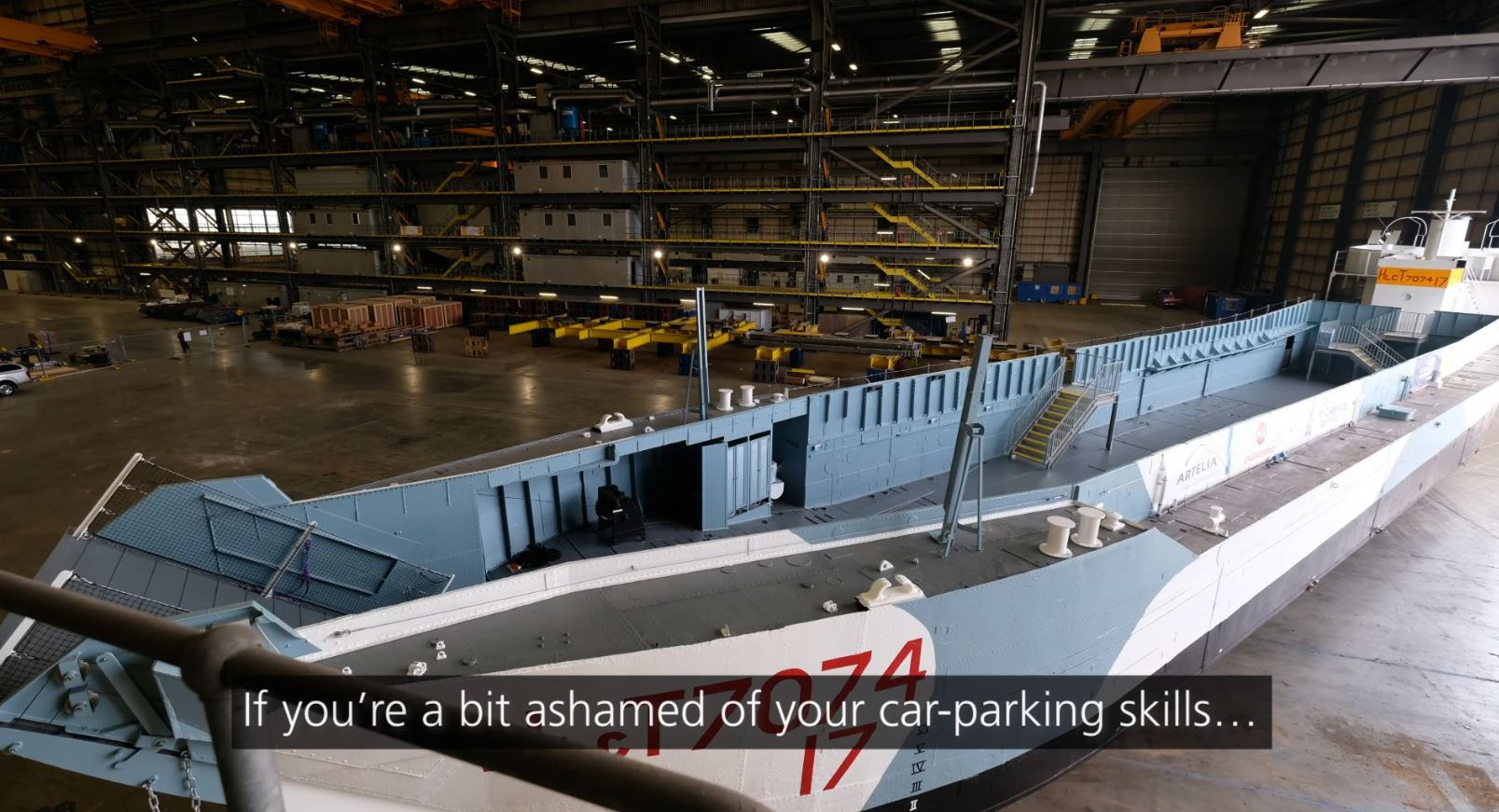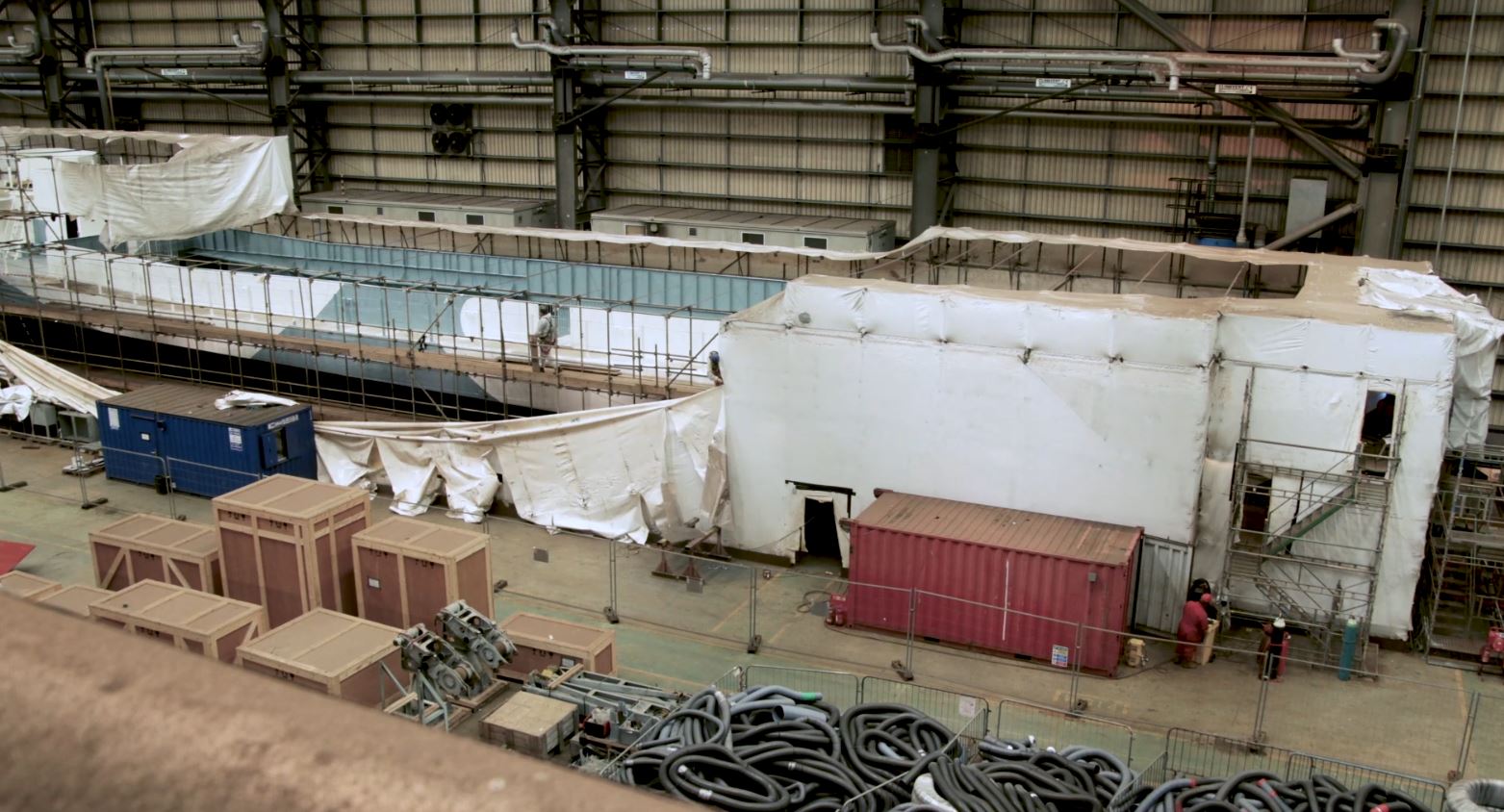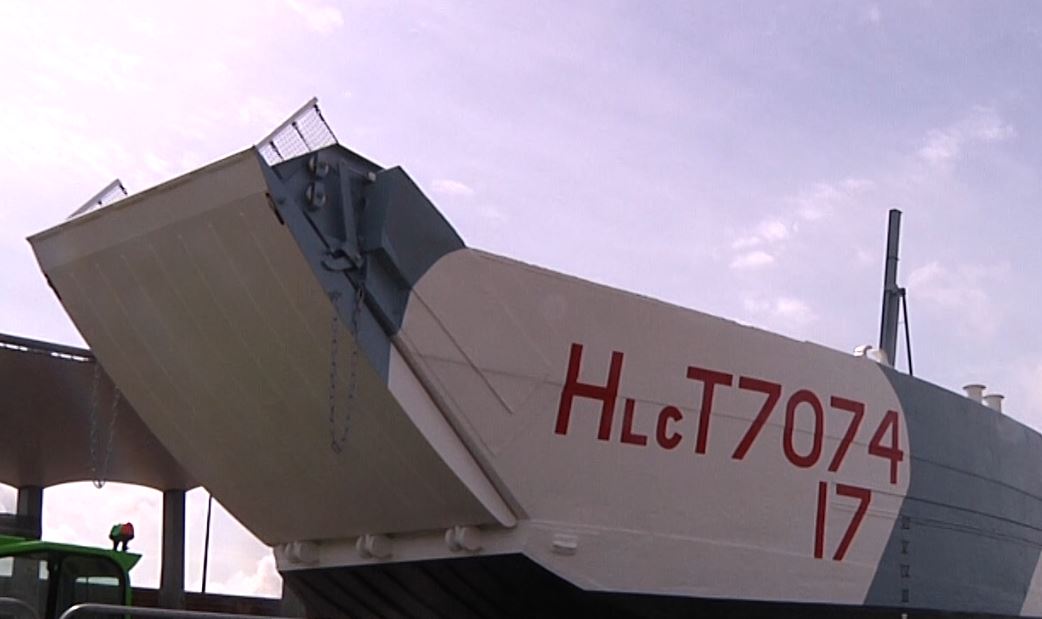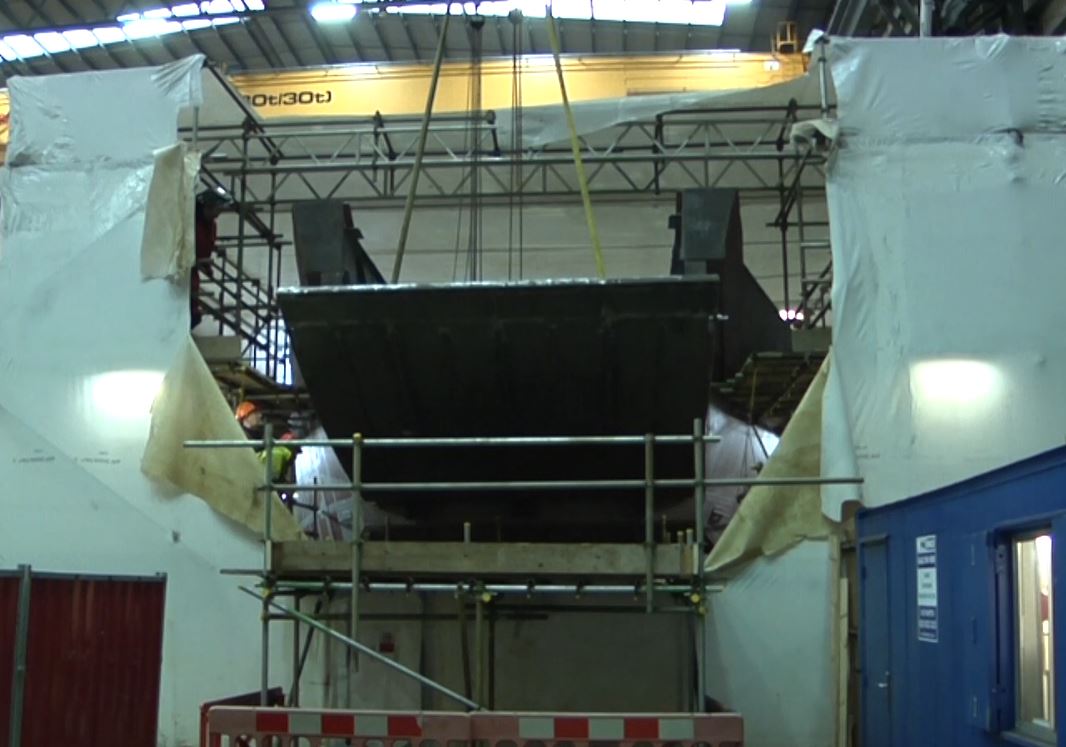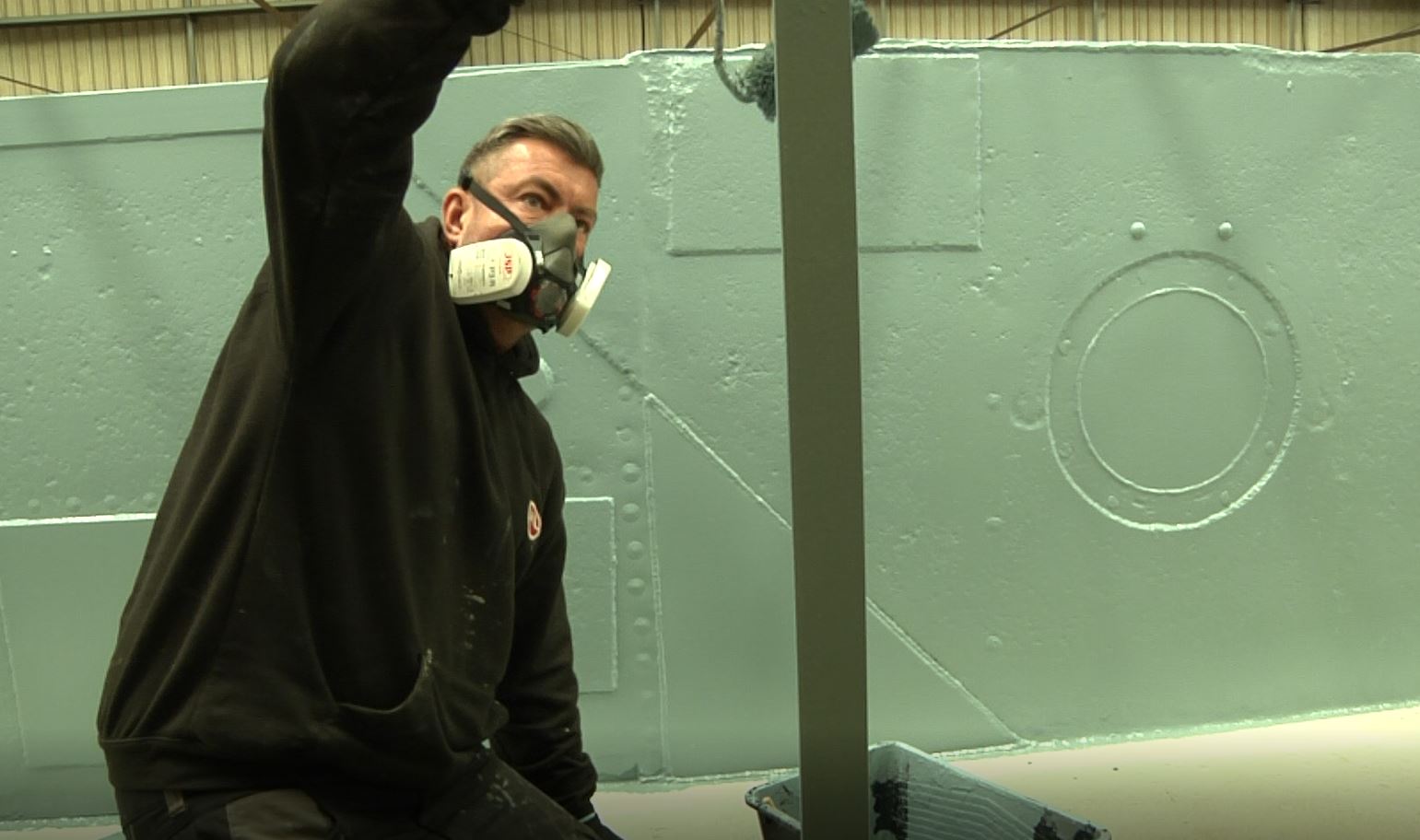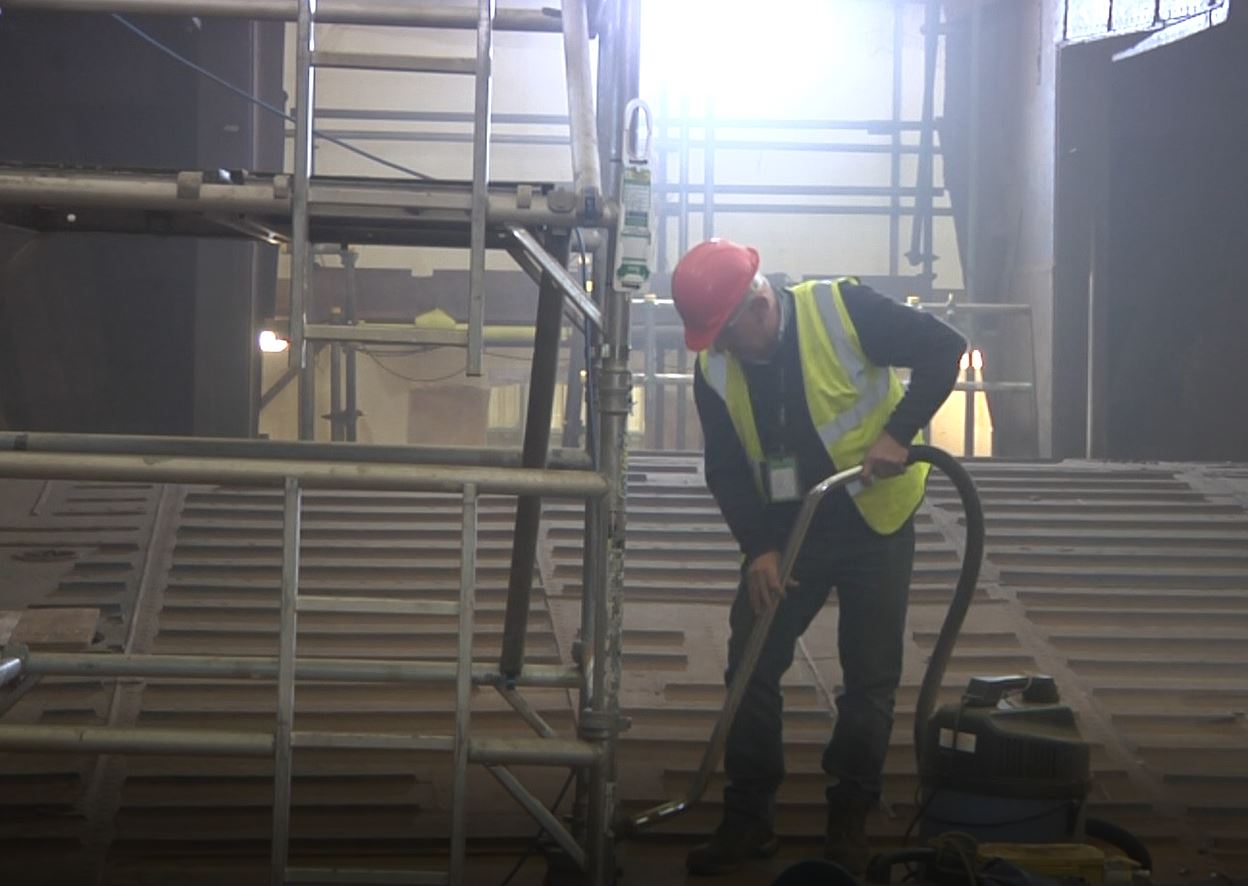As we captioned these shots in our film ‘D-Day Delivered – The Story of LCT 7074: 3 – Revelation’, you should look away if – like me – your parking skills leave, ahem, something to be desired. Neither I, nor colleagues Andy Jones and David Botwinik, could see how on earth this 59-metre ship was going to be manoeuvred out of Portsmouth Naval Dockyard’s huge ship shed and onto the barge waiting to take her to her new home – Southsea’s ‘D-Day Story’ Museum. Apart from anything else, there’s a four-storey gantry running the length of the shed around which she would have to turn. But the maestro in charge got her out without a hitch, using what looked like a second-hand PlayStation slung around his neck to do the job. Smooth as silk. See it all happen at https://www.maritimefilmsuk.tv/films/d-day-delivered-the-story-of-landing-craft-tank-7074-3-revelation/
GOLD MEDAL PARKING
